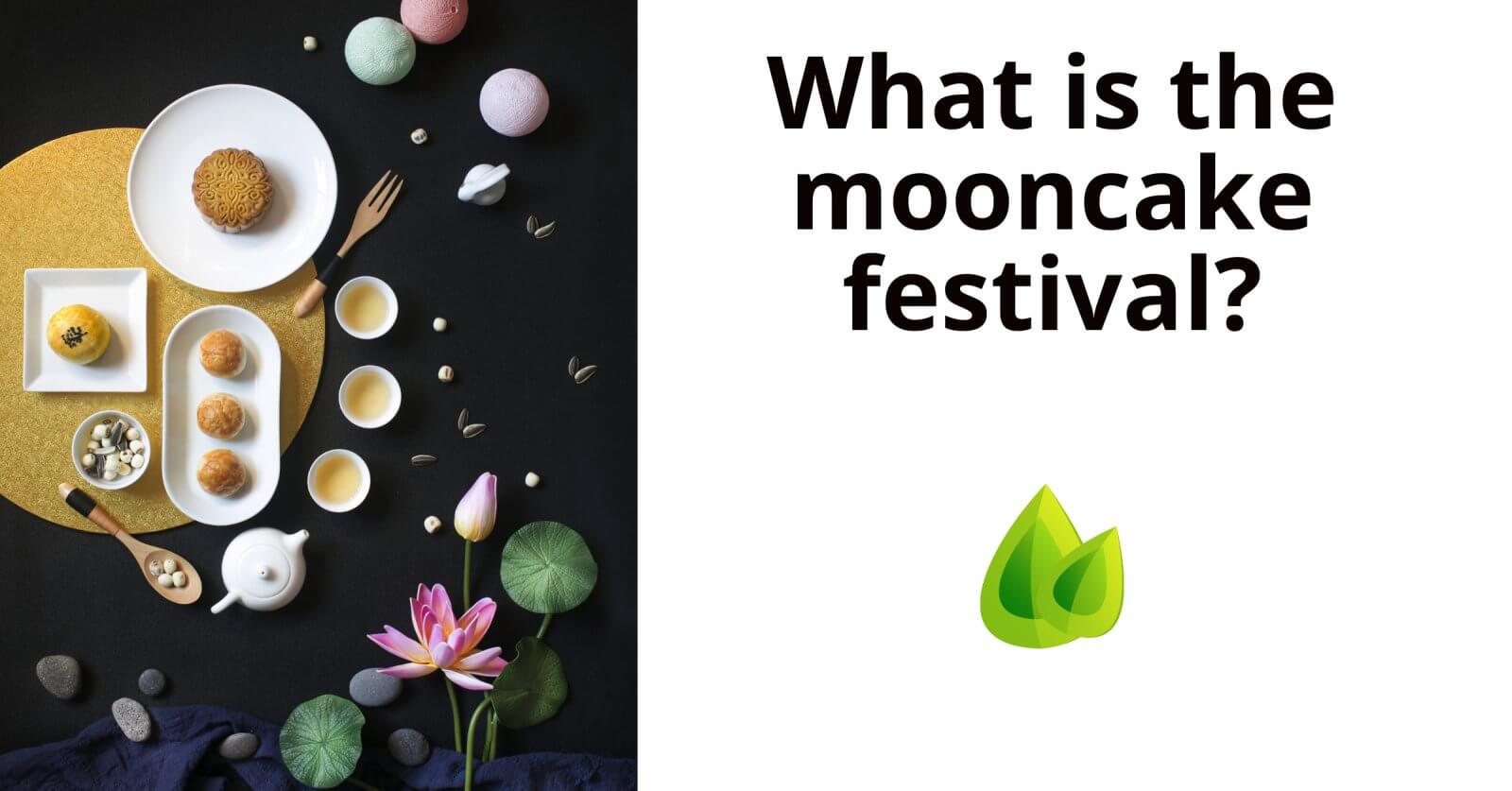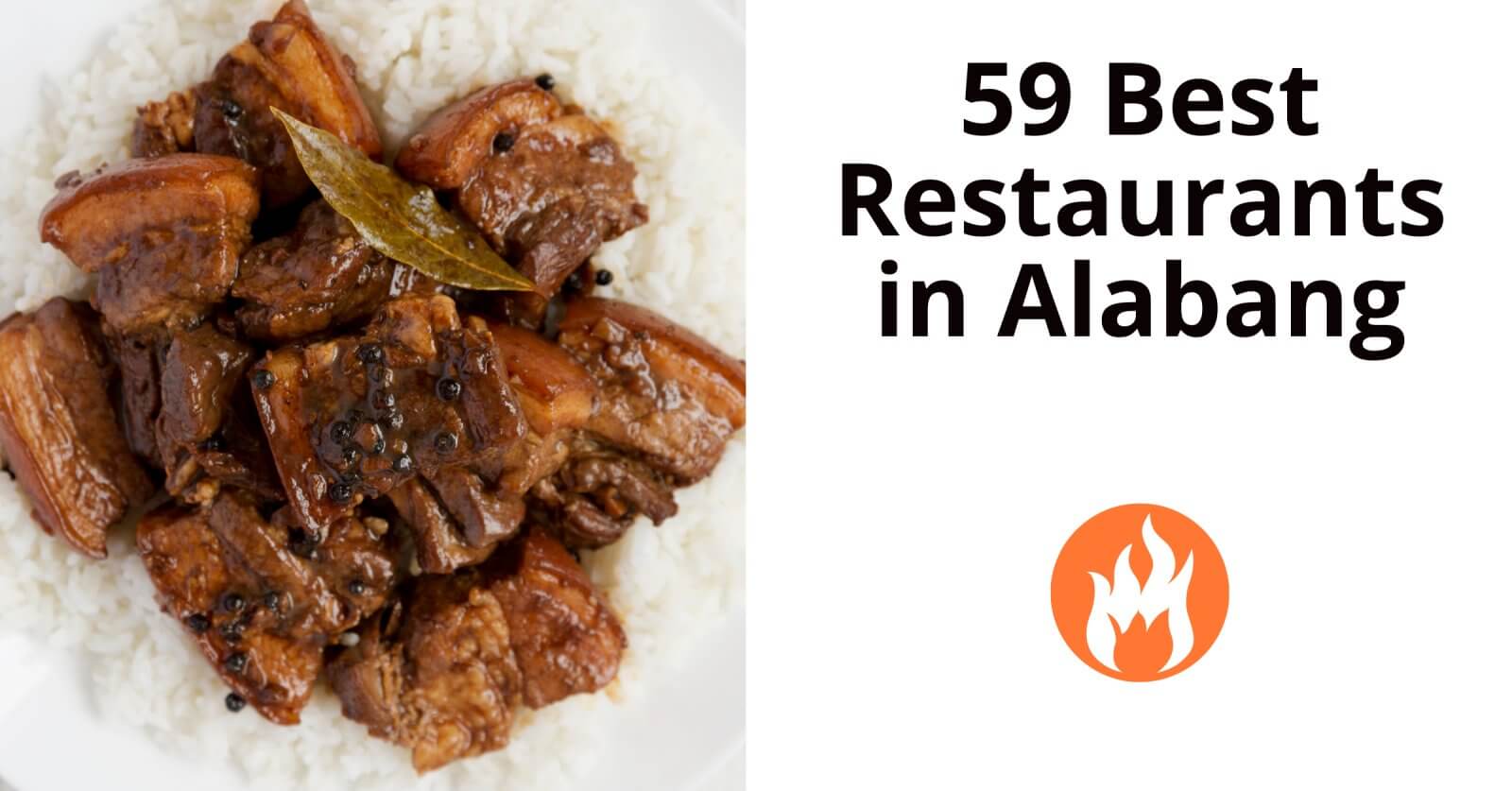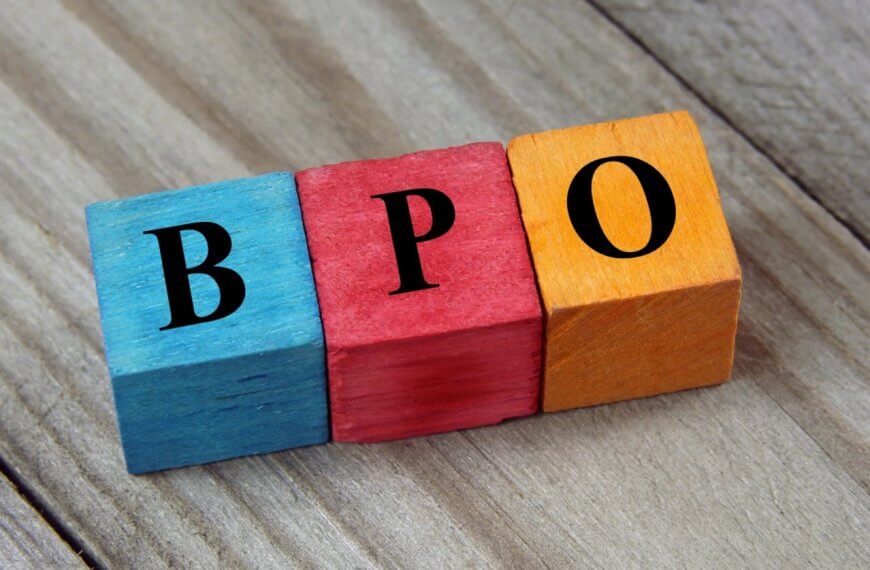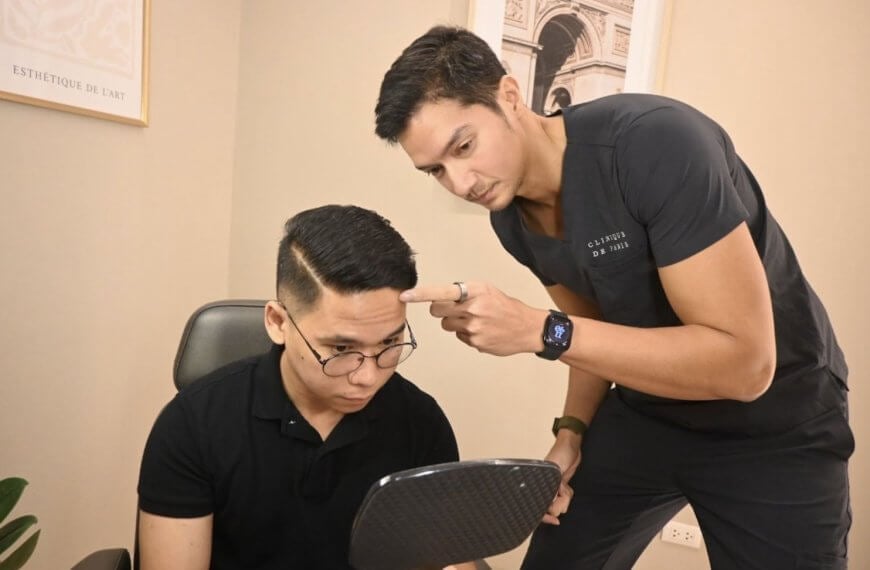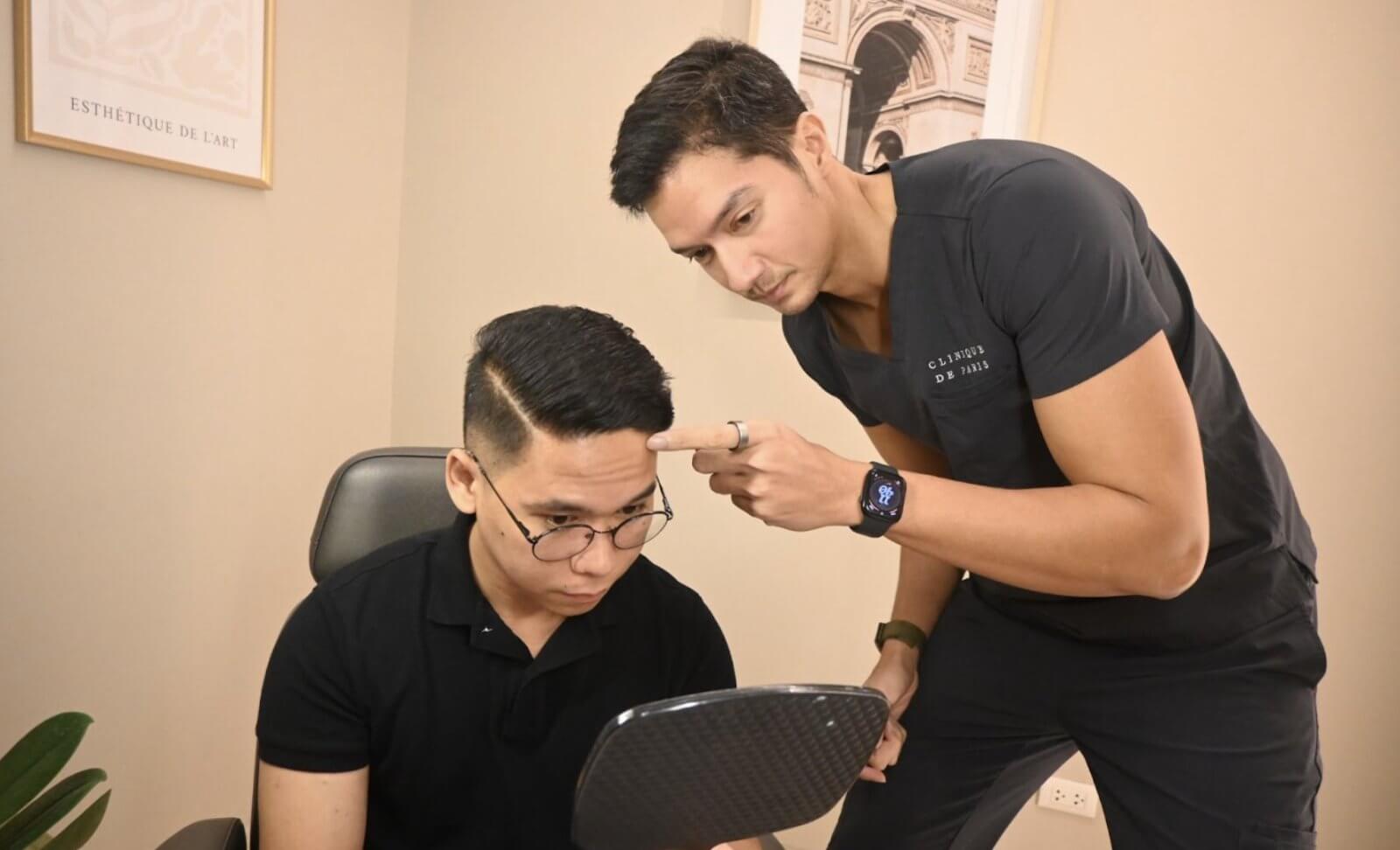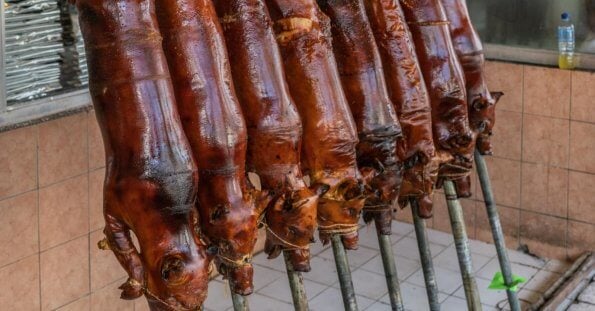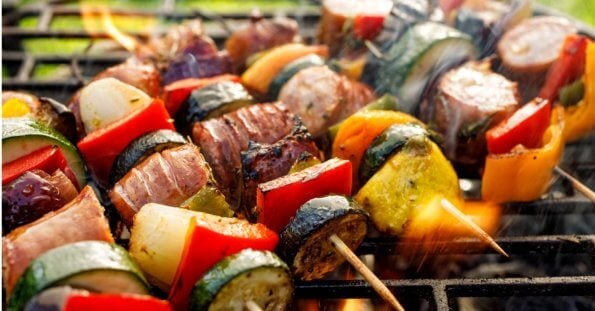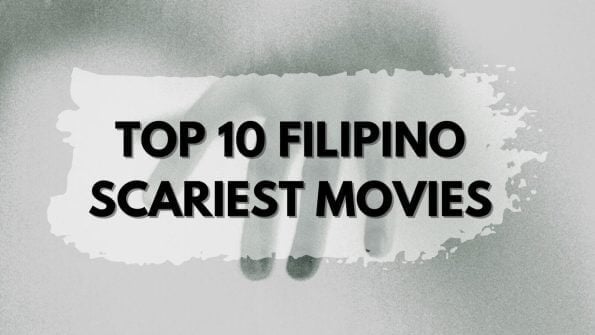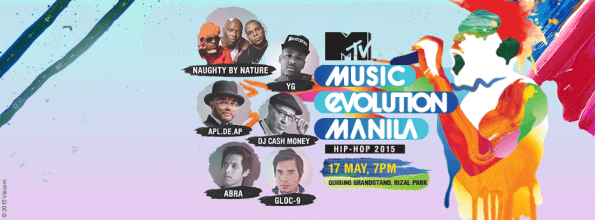Table of Contents
What is the Mooncake Festival?
The Mooncake Festival, also known as the Mid-Autumn Festival, is a significant celebration in Chinese culture. It takes place on the 15th day of the eighth month in the lunar calendar, usually falling in September or October in the Gregorian calendar. This festival originated in China and is now celebrated in many countries with Chinese communities, including Hong Kong. The Mooncake Festival is a time to mark the bountiful harvest and celebrate family reunions. It is a traditional festival that includes various customs and activities, such as Dragon Dances, lighting lanterns, and enjoying special foods like mooncakes. In modern times, the Mooncake Festival has become a public holiday in many places and is celebrated with a range of events and traditions. With its popularity and rich cultural significance, the Mooncake Festival has become one of the major traditional festivals in Chinese culture.
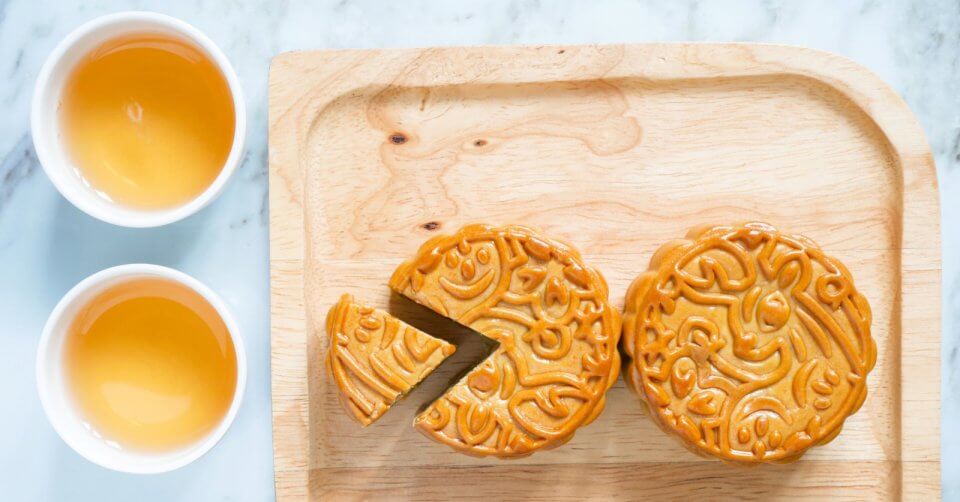
History of the Mooncake Festival
The Mooncake Festival, also known as the Mid-Autumn Festival, has a rich historical background that is deeply rooted in Chinese culture. It traces back to ancient times when emperors worshiped the moon for bountiful harvests.
Over the years, this admiration for the moon spread to the common people and scholars alike. During this festival, sacrificial offerings are made to the moon, symbolizing gratitude and respect for the forces of nature. One of the most iconic offerings is the mooncake, a sweet pastry filled with various ingredients like lotus seed paste or red bean paste.
The tradition of moon worship became significant during the Han and Tang Dynasties and eventually evolved into a permanent event during the Tang Dynasty. The festival gained popularity throughout the Chinese calendar and came to be celebrated on the 15th day of the 8th month, according to the lunar calendar.
Today, the Mooncake Festival is celebrated with various customs and traditions. Families gather for a reunion and indulge in delicious mooncakes and other traditional foods. The festival is also marked by dragon dances, lantern displays, and other festive activities.
Throughout its history, the Mooncake Festival has been a hallmark tradition in Chinese culture, celebrating the blessings of bountiful harvests and promoting family harmony. This annual occasion continues to be cherished and enjoyed by people of all ages in modern times.
Celebrations and Traditions
Celebrations and Traditions:
The Mooncake Festival is a time for joyous celebrations and cherished traditions. Families come together during this special occasion, often traveling from near and far to be reunited. The festival falls on the 15th day of the 8th month in the lunar calendar, usually corresponding to September or October in the Gregorian calendar. One of the hallmark traditions of the Mooncake Festival is the indulgence in mooncakes, sweet pastries filled with flavorful ingredients like lotus seed paste or red bean paste. These delectable treats are shared among family members and friends, symbolizing unity and togetherness. In addition to mooncakes, families also feast on other traditional foods, enjoying vibrant dishes that represent abundance and prosperity. The celebration is further enlivened by various activities, such as dragon dances, where performers skillfully maneuver long, colorful dragon figures to the beat of thundering drums. Lantern displays, both traditional and modern, add an enchanting atmosphere to the festivities. People light lanterns, some shaped like the moon, to pay homage to the celestial body that has inspired generations. Some cities even host lantern carnivals or parades, displaying impressive works of art and craftsmanship. The Mooncake Festival is a time to honor ancient customs while embracing the spirit of joy and unity in modern times.
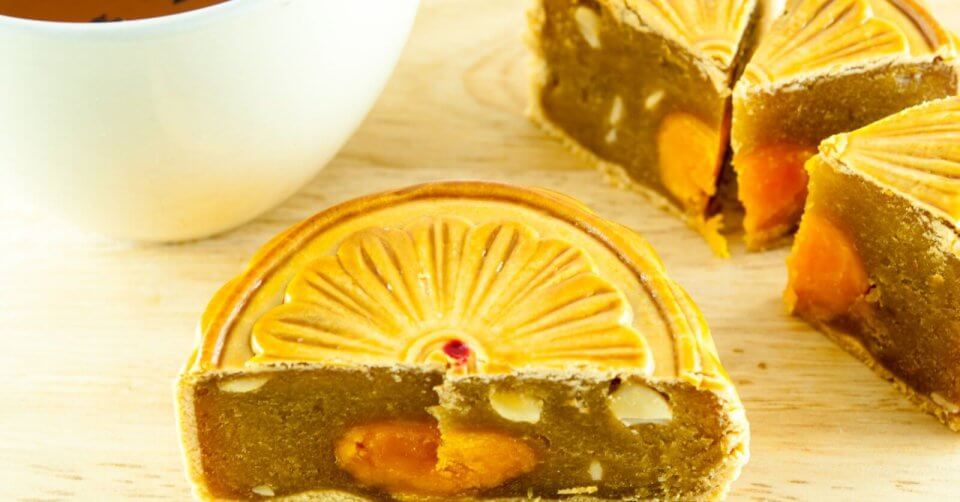
The Origin Story of Chang’e and Hou Yi
The origin story of Chang’e and Hou Yi is deeply rooted in Chinese folklore and holds great significance in the celebration of the Mid-Autumn Festival.
Chang’e was a beautiful young woman who was renowned for her grace and elegance. She was married to Hou Yi, a skilled archer known for his bravery and precision with the bow and arrow. However, their lives took a tragic turn when Hou Yi accidentally angered the gods by shooting down nine of the ten suns that were scorching the earth. To punish him, the gods banished him to live as a mortal and stripped him of his immortality.
Feeling remorseful for their actions, Chang’e decided to help her husband regain his immortality. She stumbled upon the Elixir of Life, a powerful potion that could grant immortality. However, instead of drinking it herself, she swallowed the elixir to prevent it from falling into the wrong hands.
As a result, Chang’e became a celestial being, ascending to the moon and becoming the Moon Goddess. She was eternally separated from her husband, who was left on Earth. Legend has it that on the night of the Mid-Autumn Festival, Chang’e can be seen on the moon, accompanied by the Jade Rabbit.
During the Mid-Autumn Festival, Chinese people celebrate the love story of Chang’e and Hou Yi and pay tribute to the Moon Goddess. They gather with their families and loved ones to share mooncakes, a traditional food associated with the festival. Children also enjoy lighting lanterns and participating in colorful lantern parades.
The story of Chang’e and Hou Yi serves as a reminder of love, sacrifice, and the power of everlasting devotion. It has become deeply embedded in Chinese culture, making the Mid-Autumn Festival a cherished celebration of family union and moon worship.
Eating Mooncakes
Eating mooncakes is a significant tradition during the Mooncake Festival, also known as the Mid-Autumn Festival. These delectable treats hold great symbolism and are consumed during family gatherings while admiring the moon.
Mooncakes have a round shape, representing completeness and unity in Chinese culture. They are often filled with a variety of ingredients, such as lotus seed paste, red bean paste, or salted egg yolks, each with its own special significance. For example, lotus seed paste symbolizes harmony and family reunion, while the salted egg yolk represents the full moon.
These traditional flavors not only bring pleasure to the taste buds but also carry deep cultural meaning. By sharing mooncakes with family and loved ones, people express their wishes for unity, happiness, and prosperity.
During the Mooncake Festival, families come together to enjoy mooncakes while admiring the beauty of the full moon. This special moment fosters a sense of togetherness and strengthens family bonds. It is also believed that by eating mooncakes under the moonlight, one can receive blessings and good fortune from Chang’e, the Moon Goddess.
As the moon shines brightly in the night sky, the aroma of mooncakes fills the air, creating a warm and joyful atmosphere. The act of eating mooncakes not only satisfies the palate but also connects people to their Chinese heritage and the traditions of the Mooncake Festival.
Lantern Displays
Lantern displays are an integral part of the Mooncake Festival, adding beauty and vibrancy to the celebration. Historically, lanterns were used as a practical source of light during nighttime festivities, but over time, they have evolved into elaborate displays of artistry and cultural significance.
Lanterns are not only decorative items but also hold symbolic meaning. In Chinese culture, lanterns are associated with fertility and are often seen as symbols of bringing abundance and prosperity. They were used as toys for children, representing the hope for a bright and flourishing future.
One interesting tradition during the Mooncake Festival is the practice of writing riddles on lanterns. This adds an element of fun and excitement to the celebrations. Attendees enjoy solving these riddles, which may be poetic or cleverly formulated, as they stroll through lantern exhibitions.
Lanterns also play a practical role in guiding spirits during the festival. It is believed that the illuminated lanterns attract and guide the spirits, ensuring their safe passage and bestowing blessings upon the living.
From simple handheld lanterns to extravagant displays, lanterns have come to represent the creativity and craftsmanship of the festival. Today, lanterns are crafted in various shapes, sizes, and colors, captivating audiences with their artistic design and enchanting illumination.
In conclusion, lantern displays are a cherished tradition during the Mooncake Festival, symbolizing fertility, prosperity, and guiding spirits. The evolution of lanterns from practical sources of light to decorative and meaningful displays reflects the richness of Chinese culture and the joyous nature of the festival.
Dragon Dances and Lion Dances
Dragon Dances and Lion Dances are significant and vibrant traditions during the Mid-Autumn Festival in Chinese culture. These captivating performances hold cultural importance and are believed to bring good luck and ward off evil spirits.
During the festival, participants dress up in colorful dragon and lion costumes and perform intricate dances. The Dragon Dance is performed by a team of dancers who hold up a long dragon puppet, twisting and turning in a synchronized manner. The dragon symbolizes power, strength, and prosperity, and its dance is accompanied by rhythmic music, drums, and cymbals.
Similarly, the Lion Dance involves performers wearing a lion costume. They mimic the movements of a lion, leaping, twisting, and performing acrobatic feats. The lion represents courage, wisdom, and protection. The dance is also accompanied by rhythmic music, with drums, gongs, and cymbals adding to the festive atmosphere.
These dances are believed to bring good luck to the community and ward off evil spirits. The vibrant colors and energetic movements are meant to chase away any negative energy and bring blessings and prosperity to the participants and onlookers.
Dragon Dances and Lion Dances are not only visually captivating but also showcase the rich cultural heritage and artistic skills of the Chinese community. These performances are a highlight of the Mid-Autumn Festival, enchanting audiences with their rhythmic music, synchronized movements, and auspicious symbolism.
Fireworks and Other Displays
The Mooncake Festival is not only known for its vibrant dragon and lion dances, but also for its spectacular displays of fireworks and other visual attractions. Throughout the festival, people gather to witness breathtaking fireworks lighting up the night sky, adding an extra touch of magic and excitement to the celebration.
In Hong Kong, one of the highlights of the festival is the mesmerizing Fire Dragon Dance. A 200-foot-long dragon made of straw and incense sticks is paraded through the streets by hundreds of performers. The dragon spits out sparks and dances to the beat of drums and music, creating a dazzling spectacle that captivates both locals and tourists.
In Beijing, another popular tradition is the Lord Rabbit performance. Participants dress up as Lord Rabbit and roam the streets, entertaining the crowds with their playful and lively antics. This ancient folk custom is believed to bring good luck and happiness to the community.
Meanwhile, in Hangzhou, people gather along the Qiantang River to witness the awe-inspiring Qiantang River Tide. As the tide rushes in, it creates massive waves, sometimes reaching up to 30 feet high. Spectators are treated to a thrilling display of nature’s power and beauty, as the waves crash against the riverbanks.
Additionally, lantern carnivals and exhibitions are a common sight during the Mooncake Festival. Colorful lanterns of various patterns and styles adorn the streets, parks, and public spaces. These intricate and artistic lanterns showcase the craftsmanship and creativity of the local artisans, adding a magical element to the festivities.
The Mooncake Festival is not just a time for enjoying traditional foods and gathering with family and friends, but also a time to be dazzled by the brilliance of fireworks, the energy of the Fire Dragon Dance, the playful Lord Rabbit performances, and the natural wonder of the Qiantang River Tide. These displays add an extra layer of excitement and awe to this already enchanting celebration.
Chinese Opera Performances
During the Mooncake Festival, Chinese opera performances take center stage as a significant art form and cultural expression. These captivating performances are a popular form of entertainment, showcasing vibrant costumes, dramatic storytelling, and impressive acrobatics.
Chinese opera performances have a long-standing tradition and hold a special place in the hearts of the people during this festival. With their roots in ancient Chinese folklore and mythology, these performances tell stories of love, honor, and bravery. Combining singing, dancing, acting, and martial arts, Chinese opera captivates audiences with its colorful and elaborate displays.
One notable characteristic of Chinese opera performances is the use of stylized makeup. The actors wear vibrant and intricate facial painting, symbolizing the characters they portray. These dramatic designs not only enhance the visual appeal but also convey the emotions and personalities of the characters.
Furthermore, Chinese opera performances are known for their elaborate costumes. Adorned with ornate details, these costumes reflect the characters’ social status, period, and personality. The vibrant colors and intricate designs add depth and authenticity to the storytelling, captivating the audience’s imagination.
Through Chinese opera performances, the Mooncake Festival becomes a celebration of cultural heritage and artistic expression. It brings communities together and showcases the beauty and richness of Chinese traditions.
Family Reunions and Gatherings
The Mooncake Festival, also known as the Mid-Autumn Festival, holds great significance for Chinese people, as it is a time for family reunions and gatherings. This aspect of the festival is deeply ingrained in the minds of the Chinese people, much like Thanksgiving in the United States.
During the Mooncake Festival, families often come together to share a special dinner. This meal is a time for loved ones to gather around the table and enjoy traditional foods, including mooncakes, which are round pastries filled with various sweet or savory fillings. The roundness of the mooncakes symbolizes family reunion, further emphasizing the importance of this gathering.
In addition to the dinner, the Mooncake Festival is also a public holiday in many Chinese communities, allowing people working in different locations to have enough time to reunite with their families. This holiday serves as a reminder for Chinese people to prioritize spending time with their loved ones, just as they do during Thanksgiving in the United States.
Overall, the Mooncake Festival holds a special place in Chinese culture as a time for family reunions and gatherings. It is a time for Chinese people to come together with their families, share a meal, and create lasting memories, strengthening the bonds that hold their families together.
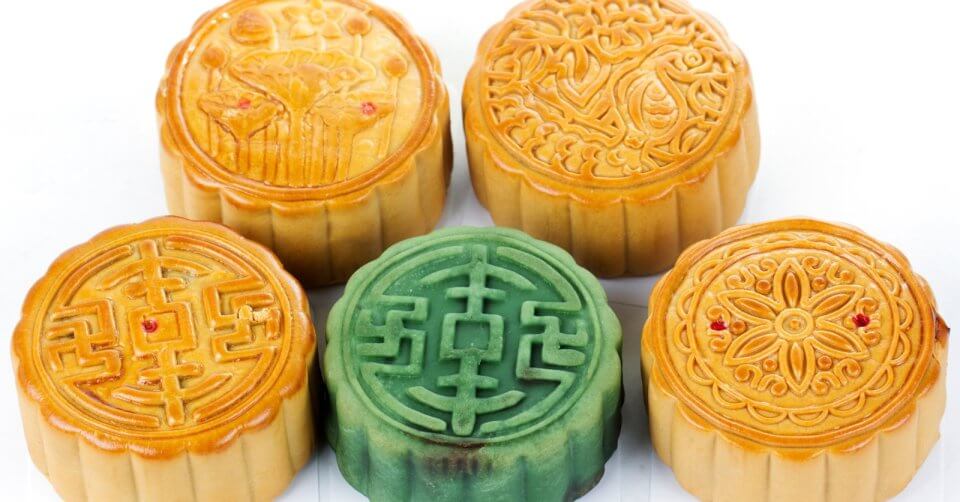
Preparation for the Mooncake Festival
Preparation for the Mooncake Festival revolves around ensuring a bountiful and joyous celebration. As the festival begins on the 15th day of the eighth month in the lunar calendar, Chinese people make arrangements well in advance to ensure everything is ready for the festivities. Families gather ingredients to make mooncakes, a staple treat during the festival. These round pastries are often filled with sweet or savory fillings, such as lotus seed paste or salted egg yolks, and feature intricate designs on their flaky crusts. Mooncake manufacturers produce a wide variety of mooncakes to cater to different tastes and preferences. Alongside the mooncakes, families also prepare other traditional foods and delicacies, such as tangyuan (glutinous rice balls) and pomelos. The festival is also renowned for its impressive lantern exhibitions, with families and communities decorating their homes and public spaces with colorful lanterns and lights. People take part in lantern parades and carnival-like activities, and children often carry lanterns shaped like animals, stars, or the moon. Decorating homes, purchasing mooncakes, and anticipating the cultural activities all contribute to the excitement and anticipation surrounding the Mooncake Festival.
Making Mooncakes at Home
Making Mooncakes at Home: A Traditional Delight for the Mooncake Festival
Making mooncakes at home is not only a cherished tradition but also an opportunity to bring family and friends together during the Mooncake Festival, also known as the Mid-Autumn Festival. These delectable pastries hold great significance in Chinese culture and are often associated with the full moon, bountiful harvests, and family reunions.
The process of making mooncakes involves several steps and utilizes traditional ingredients and techniques. The dough is made from a combination of wheat flour, golden syrup, and vegetable oil, resulting in a soft and slightly sweet crust. The filling, usually made from lotus seed paste or red bean paste, provides a rich and decadent center. Other flavors can include salted egg yolks, nuts, or dried fruits.
To make mooncakes at home, start by preparing the dough and allowing it to rest. Meanwhile, prepare the filling by combining the desired ingredients and cooking them until thick and smooth. Once the dough and filling are ready, the mooncakes are shaped by placing a portion of filling into the center of the dough, then carefully sealing and shaping it into a round or square mold. The mooncakes are then baked until golden brown and glossy.
As the aroma of homemade mooncakes fills the kitchen, it invokes a sense of tradition and celebration. By creating these delectable treats at home, one not only honors Chinese culture but also experiences the joy of sharing them with loved ones during this special time of the year. So, gather your ingredients, follow these step-by-step instructions, and indulge in the delightful process of making mooncakes at home.
Shopping for Gifts and Supplies
Shopping for gifts and supplies for the Mooncake Festival is an exciting and important tradition in Chinese culture. People gather everything they need to celebrate this special occasion, including mooncakes, tea, fruit baskets, and Osmanthus wine.
Mooncakes, the hallmark of the festival, are often gifted to friends, family, and business partners. These delectable pastries come in various flavors and fillings, appealing to different tastes. Alongside mooncakes, tea is another popular gift, symbolizing harmony and goodwill. Fruit baskets are also common gifts, representing abundance and good fortune.
In addition to these traditional gifts, another important aspect of shopping for the festival is the purchase of a clay statue of the Jade Rabbit. This sacred symbol from Chinese mythology is believed to live on the moon and is worshipped during the festival. People offer food and other offerings to the Jade Rabbit statue, showing respect and gratitude.
Furthermore, a variety of other food items and food displays are prepared for the festival. Cassia cakes and candy are popular treats enjoyed during the celebration. Molded glutinous rice flour and rice paste are also prepared and beautifully shaped into intricate designs to be displayed as edible art.
As the Mooncake Festival approaches, Chinese people eagerly shop for gifts and supplies to make this festive occasion memorable and special. The act of selecting these items not only ensures a joyous celebration but also reinforces the significance and traditions associated with this major holiday.
Modern Celebrations of the Mooncake Festival
The Mooncake Festival, also known as the Mid-Autumn Festival, is a major harvest festival celebrated by Chinese people. While it has deep roots in traditional customs and Chinese folklore, the festival has evolved over time to embrace modern celebrations and activities. In addition to the traditional rituals and offerings, modern celebrations of the Mooncake Festival often include vibrant lantern exhibitions, lively lantern parades, and impressive light shows. People gather in public spaces, such as Victoria Park in Hong Kong, to admire the colorful lanterns and participate in lantern carnivals. In modern times, the festival has also become an opportunity for family and friends to come together for outdoor barbecues, picnics, and other festive activities. Moreover, the festival has gained popularity beyond Chinese communities and has become a public holiday in many countries. From formal celebrations to casual gatherings, the Mooncake Festival continues to be a cherished occasion for people to celebrate the bountiful harvest, enjoy traditional foods, and create lasting memories with loved ones.
Conclusion
In conclusion, the Mid-Autumn Festival, also known as the Mooncake Festival or Moon Festival, is a cherished and culturally significant celebration in many East Asian countries. This annual event brings families and communities together to appreciate the beauty of the moon, share delectable mooncakes, and partake in various traditional activities that symbolize unity, gratitude, and renewal.
Throughout its rich history, the festival has evolved and adapted to the changing times, but it has retained its core values of reunion and thanksgiving. The sight of the full moon during this season serves as a poignant reminder of the enduring bonds that connect loved ones, even when they are physically apart.
As we reflect on the Mid-Autumn Festival, we are reminded of the importance of preserving traditions, fostering family connections, and expressing gratitude for the blessings in our lives. It is a time to savor the sweetness of mooncakes, gaze at the luminous moon, and be grateful for the warmth of our relationships. This timeless celebration not only honors cultural heritage but also transcends borders, uniting people around the world in the spirit of togetherness and appreciation for life’s simple joys.
